Louis Kahn’s renovated Yale Center for British Art unveiled
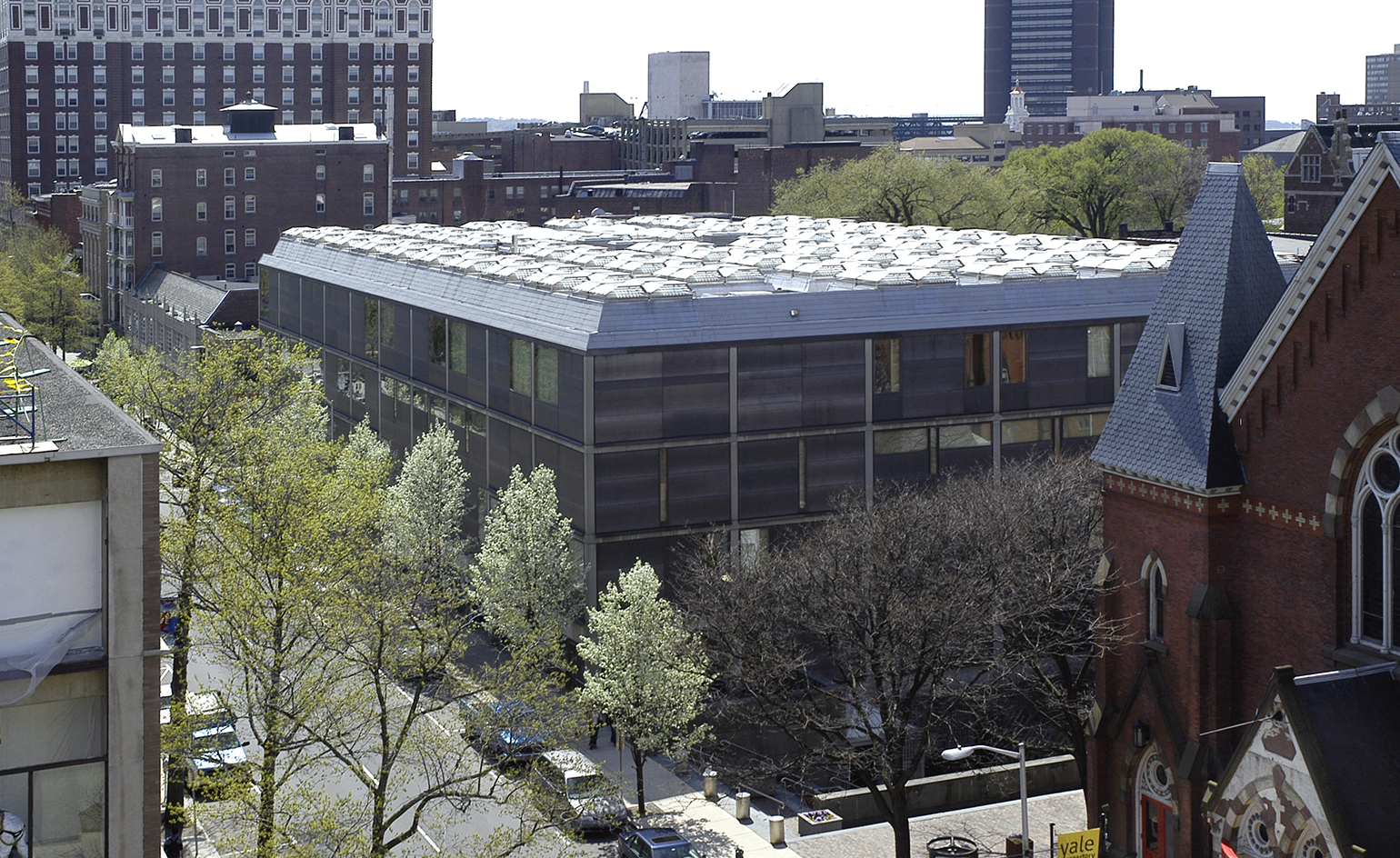
Today, Louis Kahn’s masterful Yale Center for British Art re-opens its doors after the completion of a $33 million, eight-year renovation led by New Haven-based Knight Architecture.
The five-story 1974 building houses the largest collection of British art outside of the United Kingdom, donated in 1966 by Yale Alumnus Paul Mellon. Its intimate, naturally lit galleries are organised around two ethereal interior courtyards, floored in travertine and clad with grids of bared concrete, matte steel and white oak wall panels. Perhaps most famous for its monolithic anchor piece, a drum-like cylindrical grey cement staircase— the centre is an astonishing example of Kahn’s unparalleled gift for eliciting visceral emotion through pure volume, light, and materials.
Much of the renovation, describes Knight Architecture principal George Knight, was 'an effort to defend the architecture in the face of legitimate issues.'
His firm, and a team of conservationists, builders, engineers, and facilities managers, restored original materials, improved the building’s technical systems, and added storage, research space, and guest amenities, all while re-installing and re-organising the more than five centuries of work in the unparalleled collection of paintings, sculptures, and manuscripts by Turner, Constable, Hockney, and so many more.
At the same time they left the building remarkably in tact. Original surfaces, for instance, were kept religiously as they were, even if they showed cracking or other signs of age. 'It’s definitely not pristine, not new,' says Knight. 'The cult of newness is something we wanted to avoid.'
Meanwhile Knight re-implemented details that various updates had 'drifted' from, removing partitions from the exquisite fourth floor Long Gallery (and hanging its walls in quirky, crowded, theme-based salon configuration), opening up the building’s exterior lower court, and implementing Kahn’s original scheme for flexible pogo walls.
The renovation’s three phases took place while the museum was still open, a colossal effort involving sealing rooms and weaving temporary ducts. Knight likens the process to conducting 'life support while the patient is playing tennis.' The result deftly balances incongruous elements like roughness and refinement, compression and expansion, and lets the architecture speak louder than any of its collective insertions.
'You really can’t get away from the architecture here,' explains Scott Wilcox, Deputy Director for Collections at the museum. 'We don’t want to.'
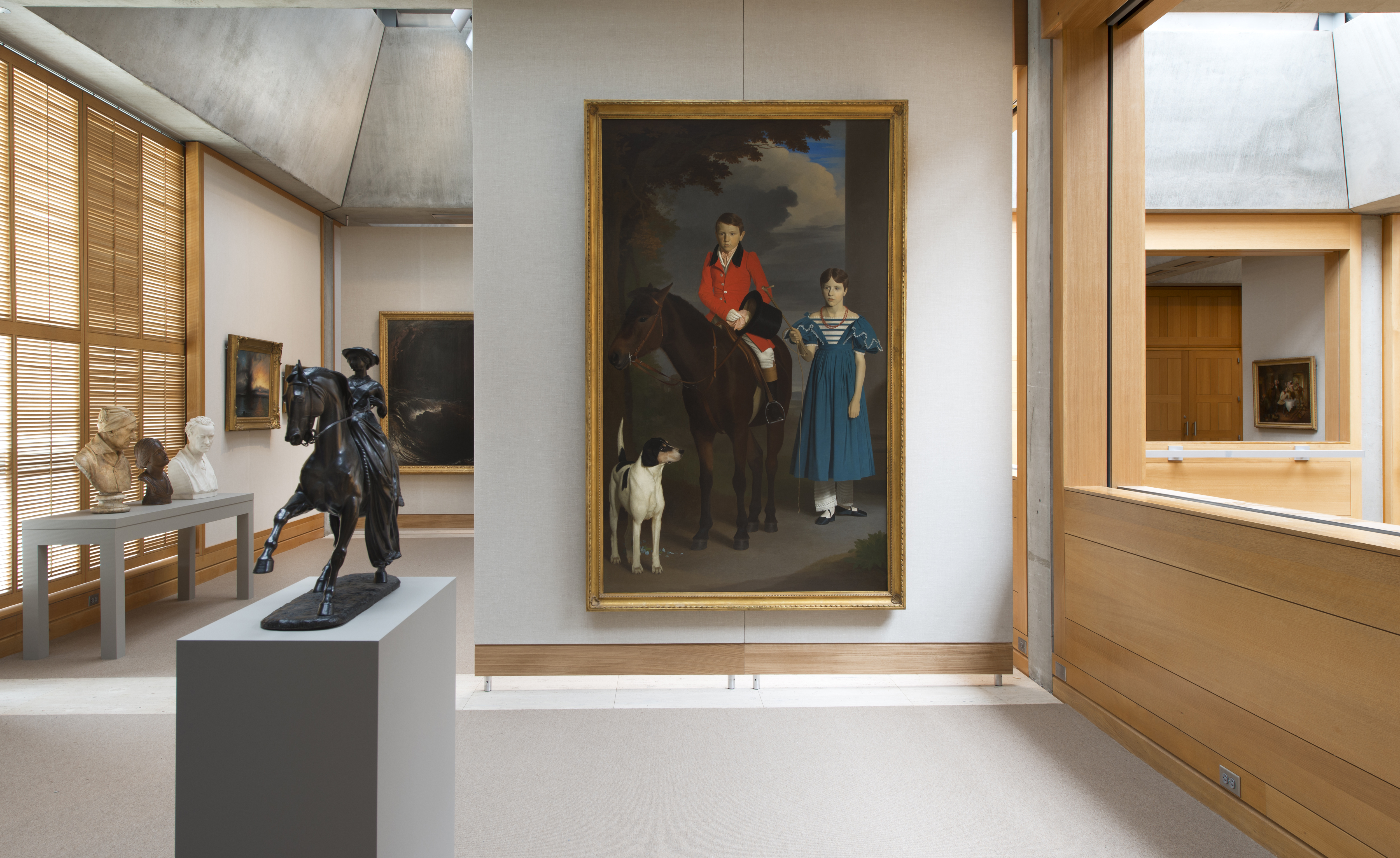
Much of the work, reveal the architects, was about bringing back and restoring original materials, improving the building’s technical systems and adding storage, research space and guest amenities. Photography: Richard Caspole
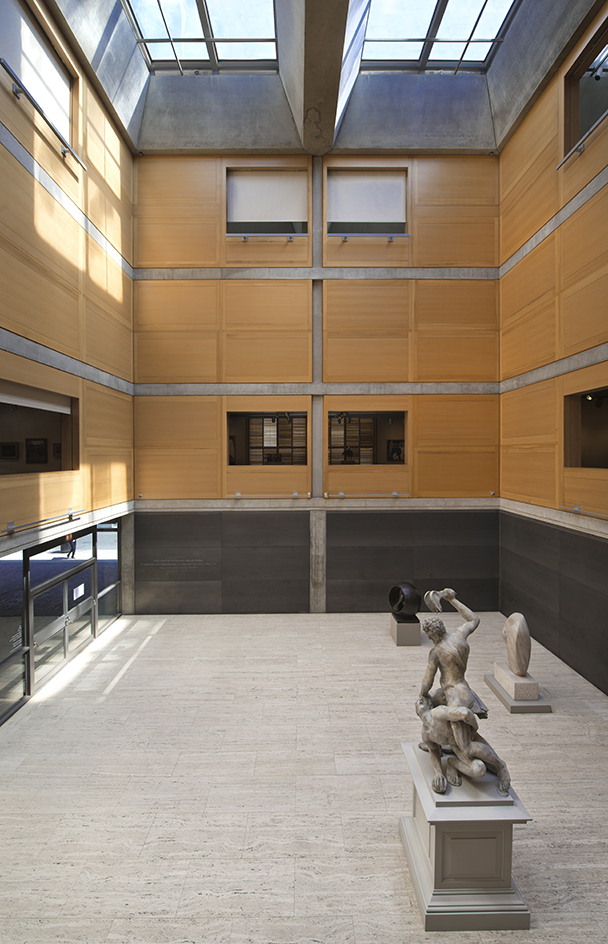
At the same time, the building was left remarkably intact. Photography: Richard Caspole
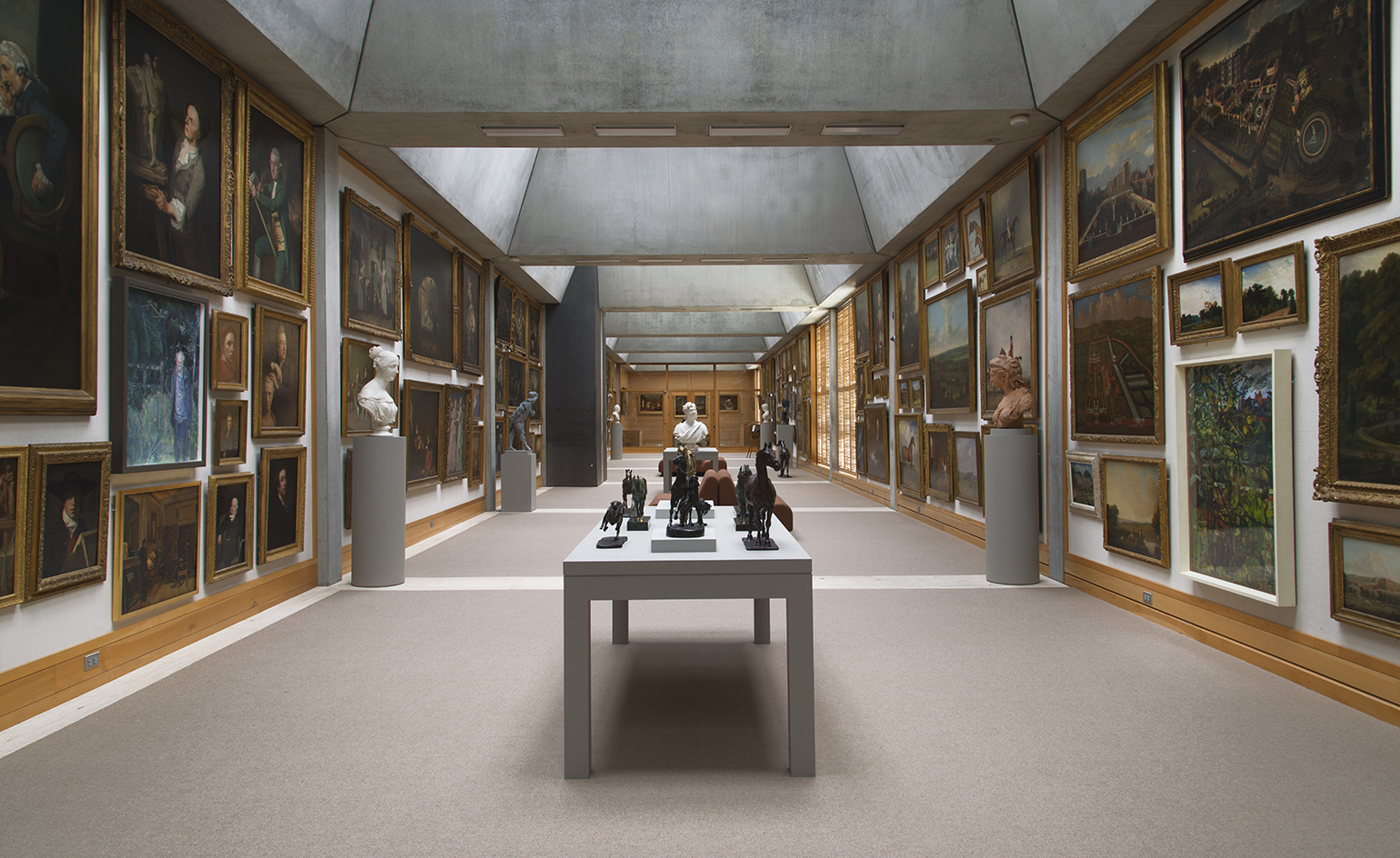
Parts of the building were opened up, for example by removing partitions on the fourth floor's Long Gallery. Photography: Richard Caspole
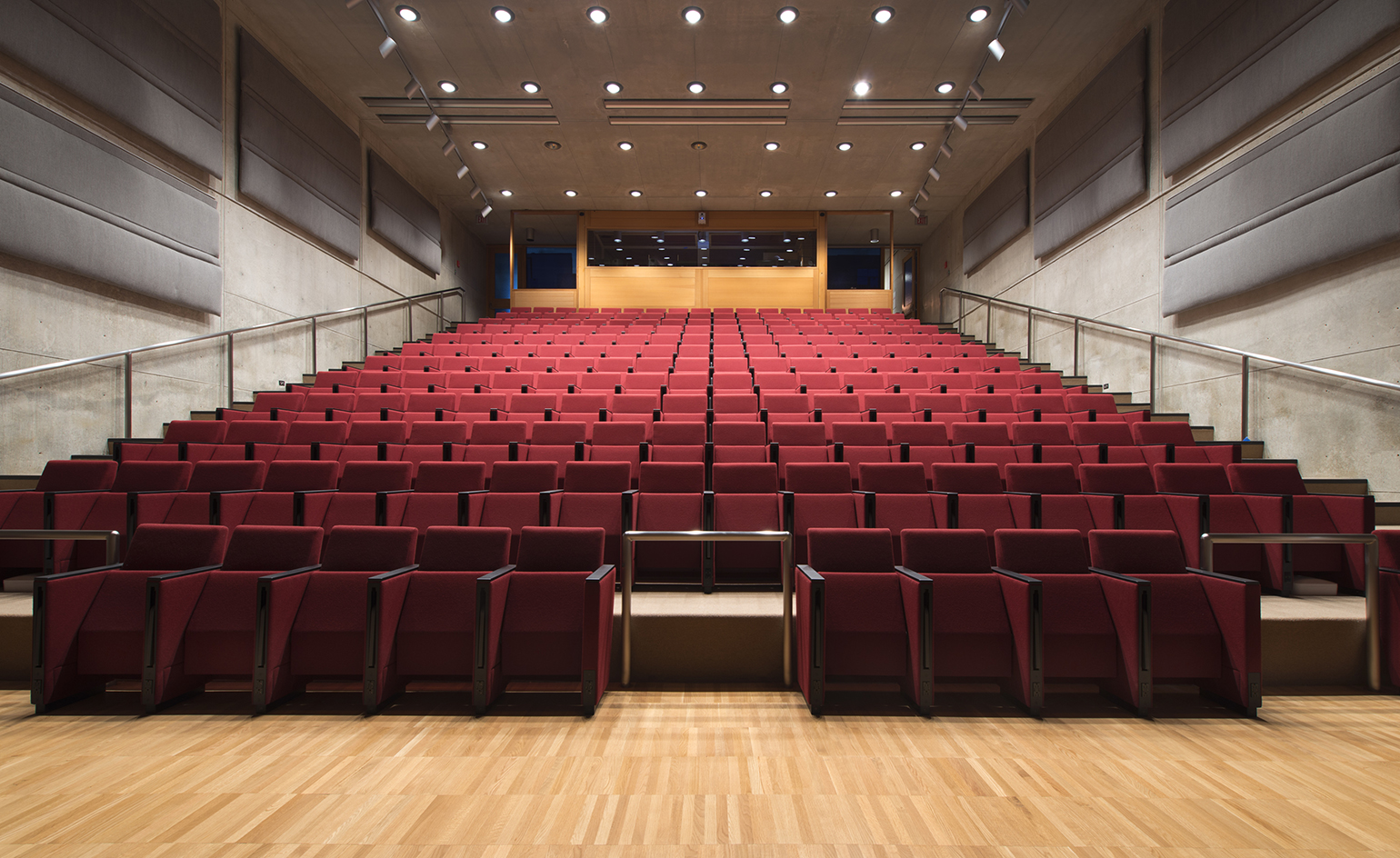
The $33 million restoration took eight years to complete and it took place while the museum was still open to visitors. Photography: Richard Caspole
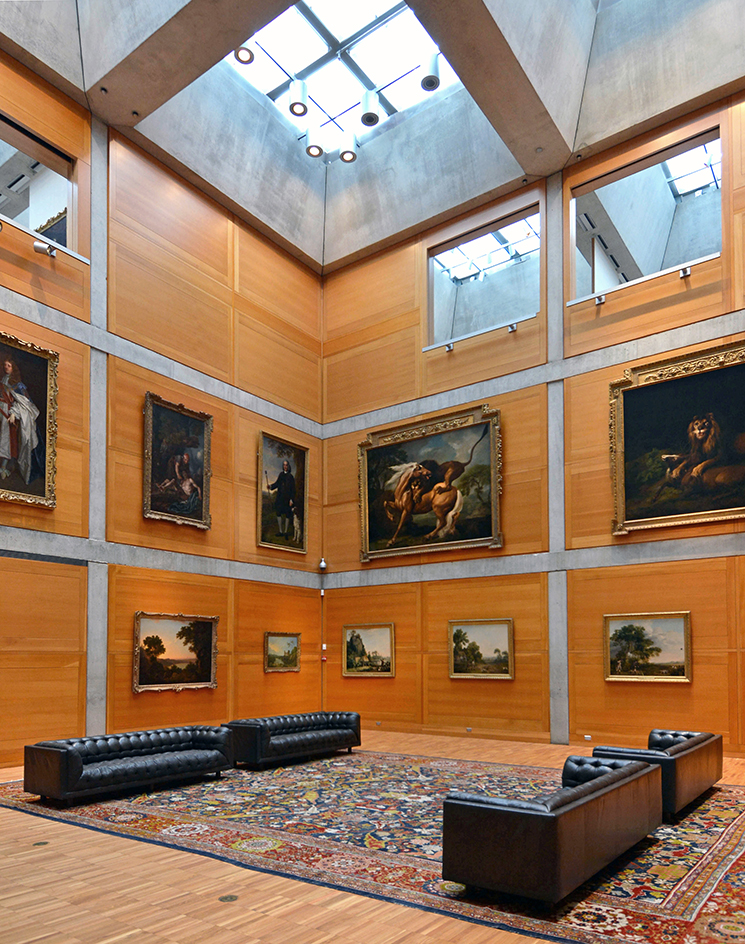
The architects likened the process to conducting 'life support while the patient is playing tennis'. Photography: Michael Marsland
INFORMATION
For more information visit the Knight Architecture website
Receive our daily digest of inspiration, escapism and design stories from around the world direct to your inbox.
-
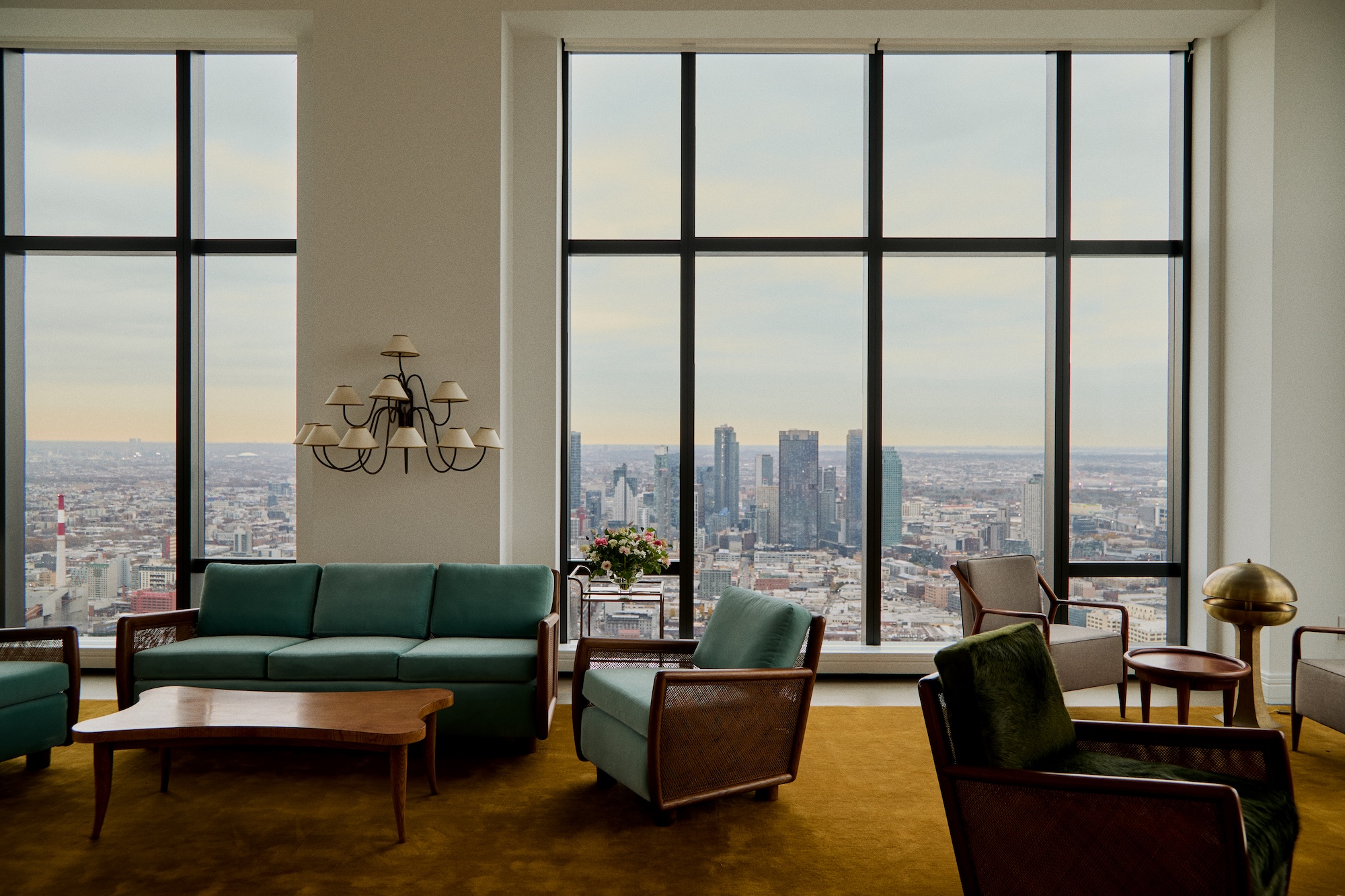 A breathtaking exhibition celebrating modernism’s transatlantic ties soars above Manhattan
A breathtaking exhibition celebrating modernism’s transatlantic ties soars above ManhattanCurated by interior designer Andre Mellone, 'Crossed Trajectories' at Galerie Gabriel's penthouse explores connections between nomadic post-war creatives Jean Royère, Roberto Platé and more
-
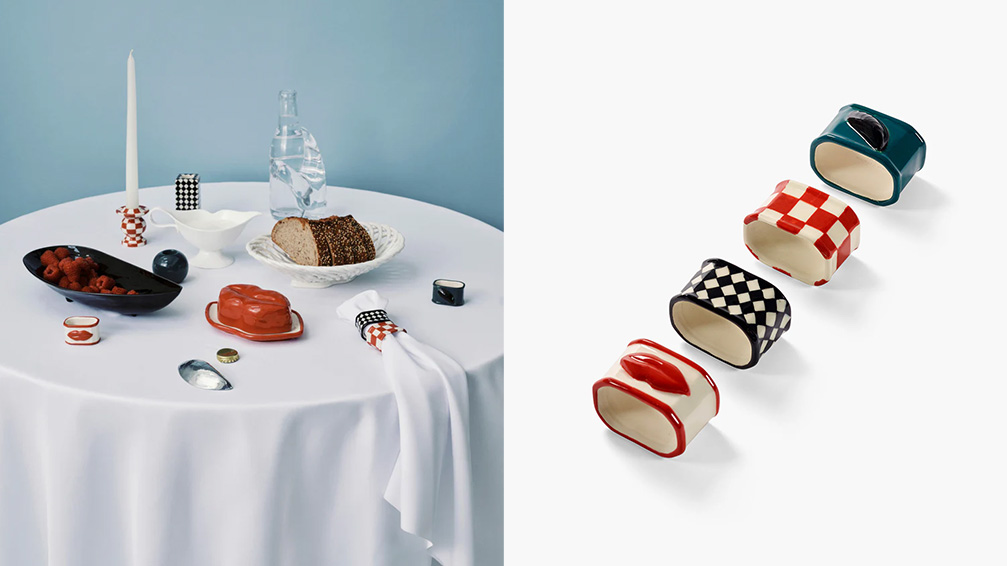 Sculptural, design-led napkin rings for festive tables
Sculptural, design-led napkin rings for festive tablesThe simple napkin ring harbours the potential to bring a stylish punch of personality to any table setting
-
 How Peter Saville came to art direct the best of contemporary culture
How Peter Saville came to art direct the best of contemporary cultureFrom Peter Saville's first steps with Factory Records and legendary album designs to his later work in art and fashion: we chart the history of the British art director
-
 The Stahl House – an icon of mid-century modernism – is for sale in Los Angeles
The Stahl House – an icon of mid-century modernism – is for sale in Los AngelesAfter 65 years in the hands of the same family, the home, also known as Case Study House #22, has been listed for $25 million
-
 Houston's Ismaili Centre is the most dazzling new building in America. Here's a look inside
Houston's Ismaili Centre is the most dazzling new building in America. Here's a look insideLondon-based architect Farshid Moussavi designed a new building open to all – and in the process, has created a gleaming new monument
-
 Frank Lloyd Wright’s Fountainhead will be opened to the public for the first time
Frank Lloyd Wright’s Fountainhead will be opened to the public for the first timeThe home, a defining example of the architect’s vision for American design, has been acquired by the Mississippi Museum of Art, which will open it to the public, giving visitors the chance to experience Frank Lloyd Wright’s genius firsthand
-
 Clad in terracotta, these new Williamsburg homes blend loft living and an organic feel
Clad in terracotta, these new Williamsburg homes blend loft living and an organic feelThe Williamsburg homes inside 103 Grand Street, designed by Brooklyn-based architects Of Possible, bring together elegant interiors and dramatic outdoor space in a slick, stacked volume
-
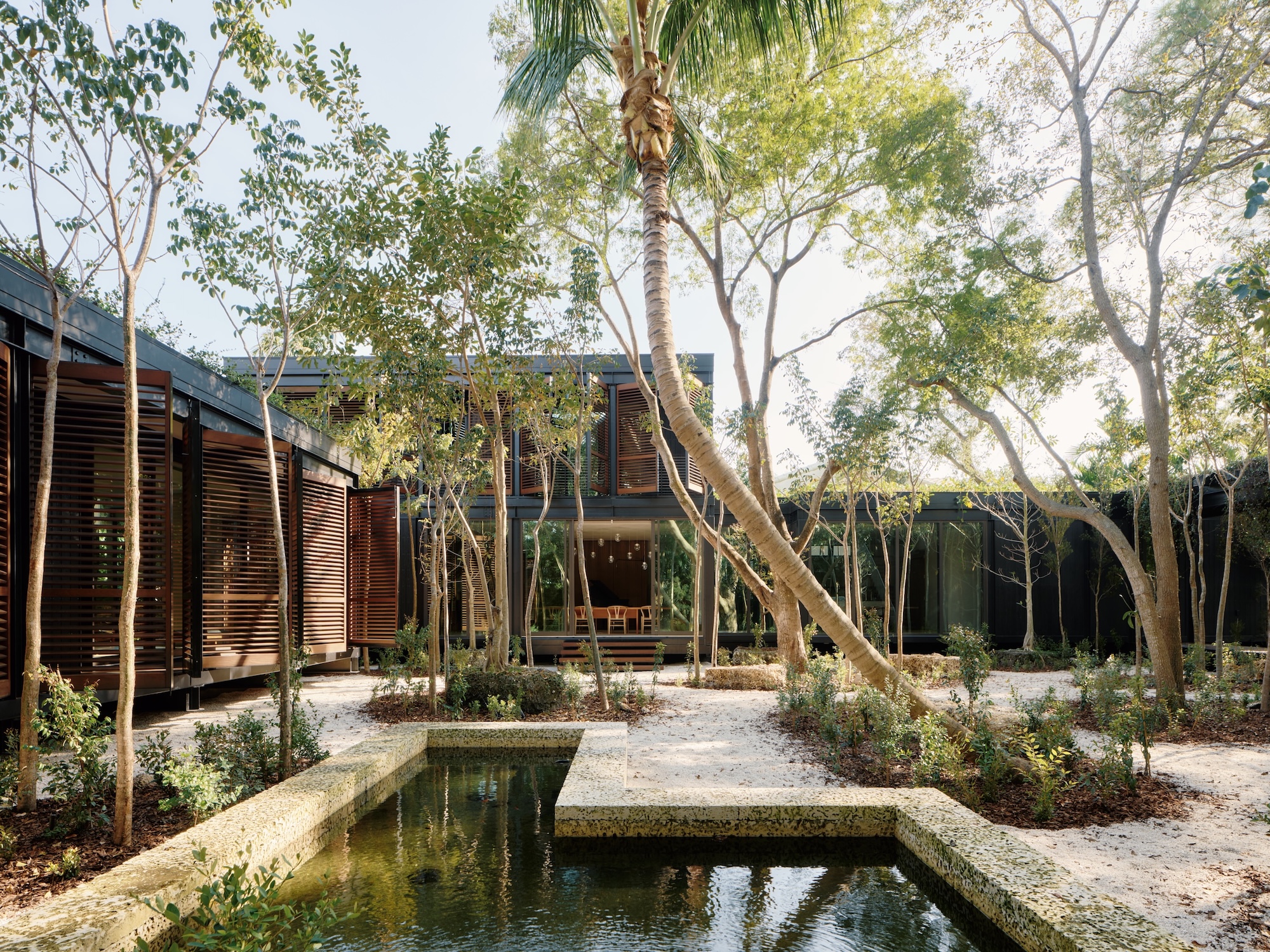 This ethereal Miami residence sprouted out of a wild, jungle-like garden
This ethereal Miami residence sprouted out of a wild, jungle-like gardenA Miami couple tapped local firm Brillhart Architecture to design them a house that merged Florida vernacular, Paul Rudolph and 'too many plants to count’
-
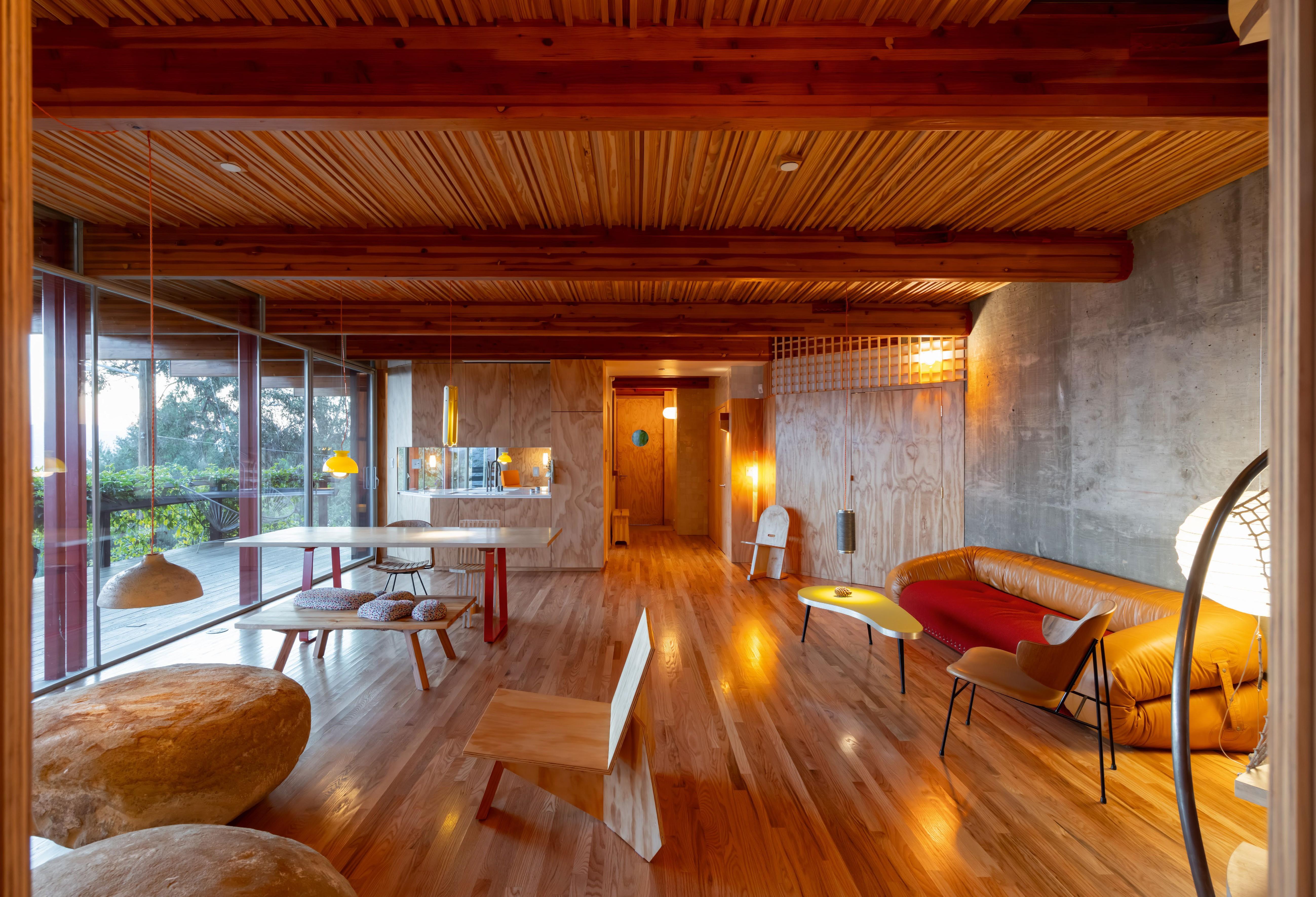 Tour Cano House, a Los Angeles home like no other, full of colour and quirk
Tour Cano House, a Los Angeles home like no other, full of colour and quirkCano House is a case study for tranquil city living, cantilevering cleverly over a steep site in LA’s Mount Washington and fusing California modernism with contemporary flair
-
 This modernist home, designed by a disciple of Le Corbusier, is on the market
This modernist home, designed by a disciple of Le Corbusier, is on the marketAndré Wogenscky was a long-time collaborator and chief assistant of Le Corbusier; he built this home, a case study for post-war modernism, in 1957
-
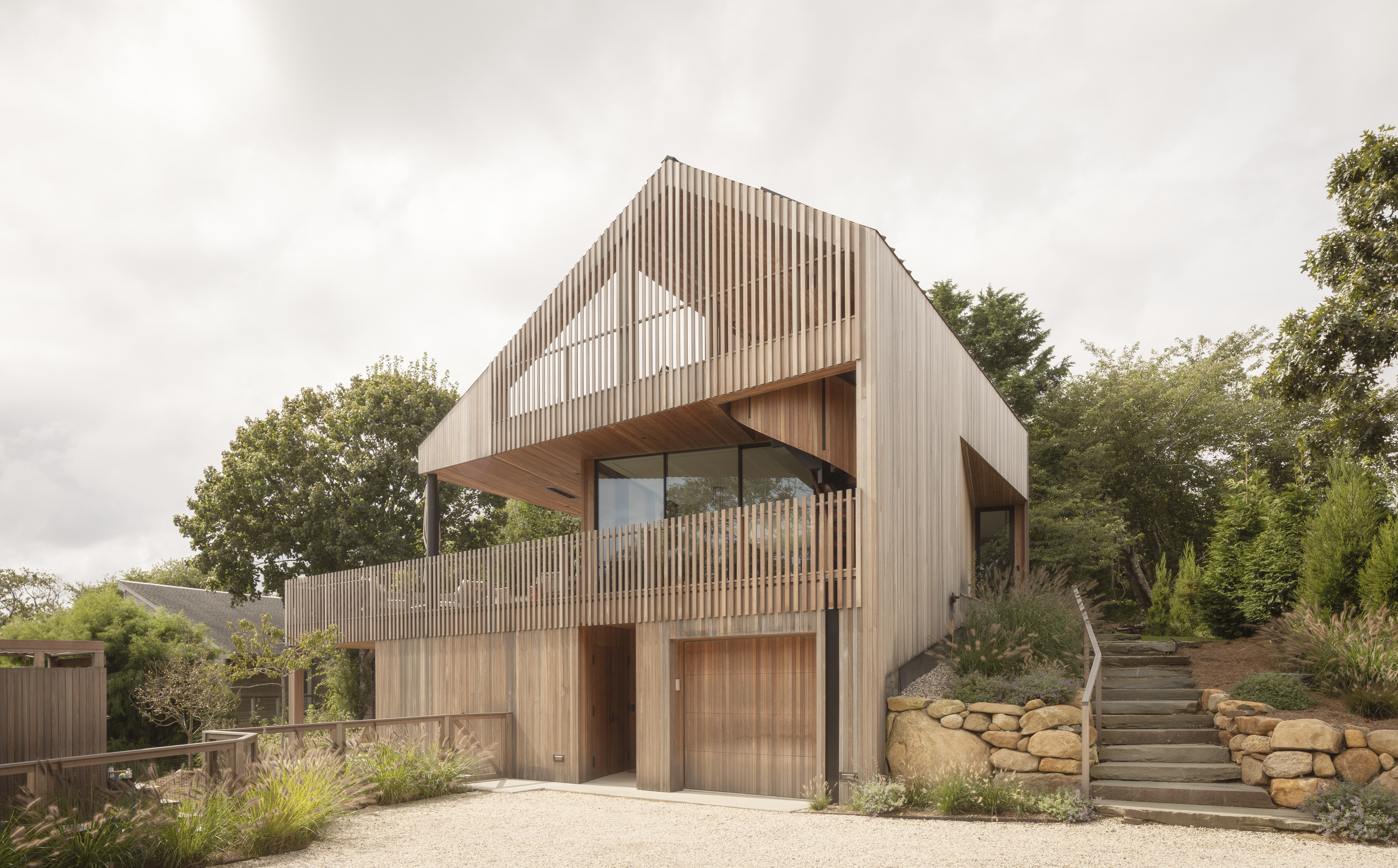 An ocean-facing Montauk house is 'a coming-of-age, a celebration, a lair'
An ocean-facing Montauk house is 'a coming-of-age, a celebration, a lair'A Montauk house on Hither Hills, designed by Hampton architects Oza Sabbeth, is wrapped in timber and connects its residents with the ocean